Eco activism, or environmental activism, is a growing global movement where individuals, communities, and organizations come together to protect the environment and promote sustainable living.
Every year, the world loses 10 million hectares of forests, about the size of Iceland. Over 8 million tons of plastic end up in our oceans annually. And global temperatures are on track to rise by 2.5°C to 4.5°C by the end of the century if we don’t act. These aren’t just numbers, they’re red flags calling us to take responsibility for our planet’s future.
In this article, we’ll break down what eco activism means, explore its roots in environmental protection, and show how you can get involved, right from where you are. Together, we can transform awareness into action.
It is our collective and individual responsibility to preserve and tend to the world in which we all live.”
— Dalai Lama
What is Environmental Activism?
Environmental activism refers to actions and movements aimed at protecting the natural world from harm caused by human activities. It involves raising awareness, pushing for policy changes, and encouraging individuals and communities to adopt more sustainable behaviors.
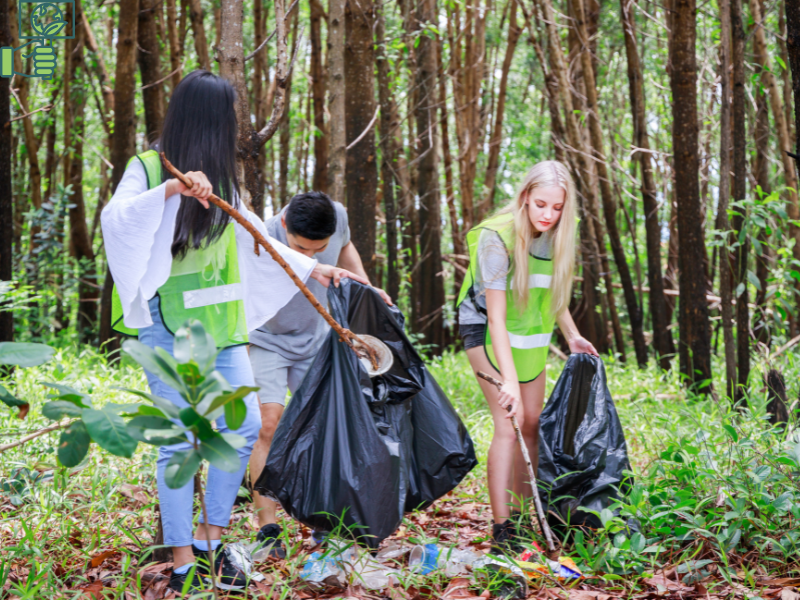
Whether it’s combating climate change, reducing plastic pollution, or conserving endangered species, environmental activism plays a vital role in protecting the Earth’s ecosystems.
Environmental activists work across many levels, from local clean-up initiatives to global climate movements, to bring about change. Whether it’s urging governments to pass stricter ecological laws, encouraging companies to reduce plastic waste, or educating communities about eco-friendly habits, every form of activism contributes to the larger goal of planetary well-being.
A Brief History of Environmental Activism
Environmental activism has undergone significant evolution over the decades. Here’s a short timeline of key moments:
- Pre-20th Century: Early conservation efforts emerged to protect forests and wildlife, particularly in regions such as North America and Europe.
- 1962: Rachel Carson’s book Silent Spring raised awareness about the dangers of pesticides, sparking the modern environmental movement.
- 1970: The first Earth Day brought 20 million people in the U.S. together to demand environmental reform, marking a turning point in public awareness.
- 1987: The Montreal Protocol was signed to phase out ozone-depleting substances, one of the earliest global agreements to protect the environment.
- 2000s to Present: Environmental activism became more global, diverse, and youth-driven. Movements like:
- Greenpeace, known for bold direct actions,
- Extinction Rebellion, using civil disobedience,
- and Fridays for Future, led by students across 100+ countries,showed how activism continues to adapt with urgency and innovation.

Goals of Environmental Activism
Environmental activism covers a wide range of efforts aimed at healing and protecting the Earth. Major goals include:
Addressing Climate Change
Climate change means the Earth’s temperature is rising. This happens mostly because of gases released when we burn fuel like coal, oil, and gas. These gases trap heat in the atmosphere. Activists want countries, companies, and individuals to utilize clean energy sources, such as wind or solar, and to conserve energy wherever possible. This helps slow down rising temperatures, melting ice, and the climate crisis, like floods and heat waves.
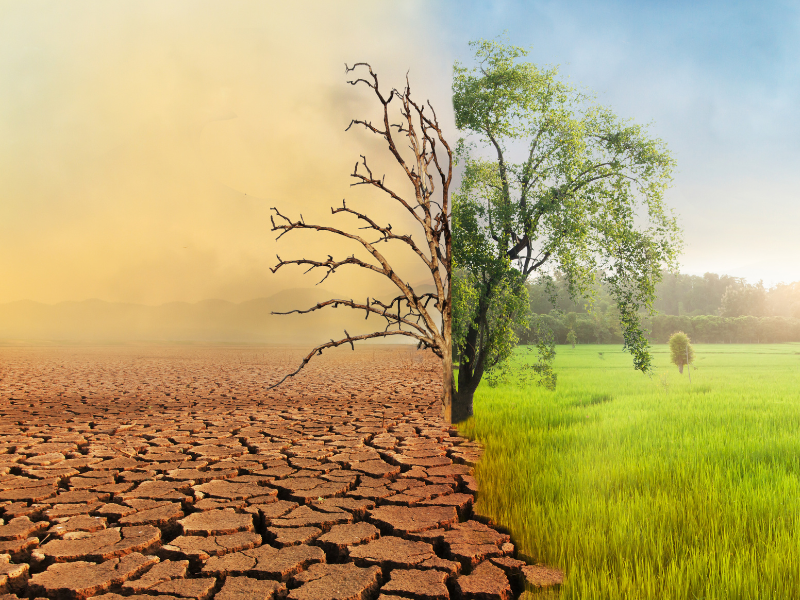
Protecting Plants and Animals (Biodiversity)
Every plant and animal plays an important role in nature. But many species are disappearing because forests are being cut down, rivers are polluted, and animals are hunted illegally. Activists work to stop these harmful actions by creating awareness and pushing for stronger laws. They also support projects that plant trees and create protected areas where wildlife can live safely.
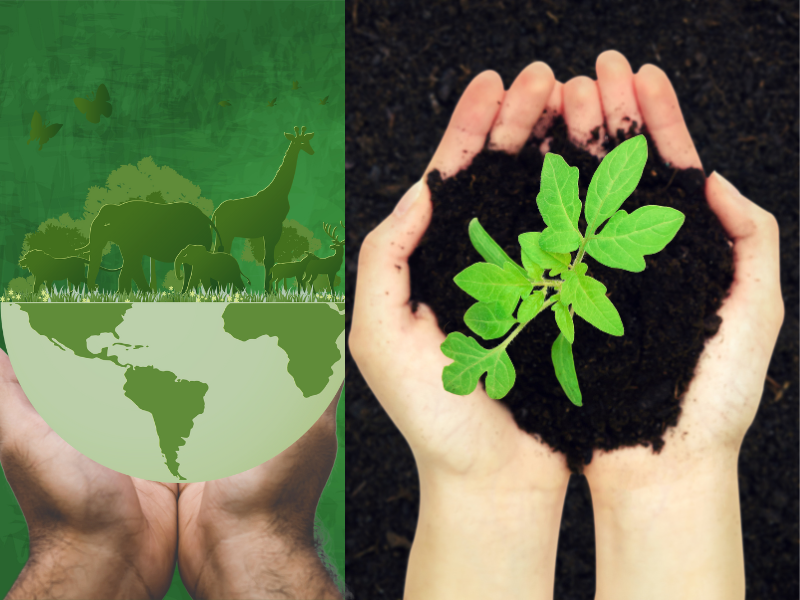
Reducing Pollution
Pollution makes the environment dirty and unsafe. It can come from plastic waste, smoke from factories and cars, or chemicals dumped into rivers and oceans. Activists want to stop these harmful practices. They support bans on plastic bags, encourage recycling, and organize clean-up events in cities and on beaches. Their goal is to keep air, water, and land clean for all living things.
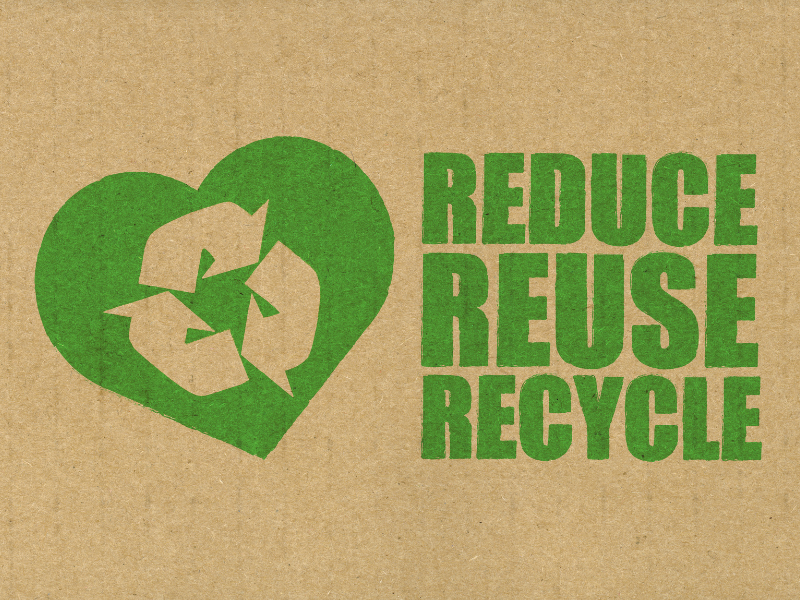
Supporting Fair Treatment (Environmental Justice)
Not all communities are affected by environmental problems in the same way. Poor or rural areas often face more pollution, water shortages, or damage from floods and storms. Environmental justice means treating everyone fairly. Activists work to make sure that all people, no matter where they live, get equal protection from environmental harm and have a voice in decisions that affect their health and land.
Promoting Eco-Friendly Habits
Every day, choices matter. Environmental activism encourages people to live in a way that is kinder to nature. This includes using reusable items, wasting less food, saving water, and buying products from brands that care about the environment. For example, Itendee offers reusable tote bags, which help reduce the need for plastic bags that pollute land and oceans. These small changes, when done by many people, can lead to a big positive impact.
Environmental activism is about more than just raising your voice; it’s about changing systems, habits, and futures. Whether you’re planting trees, supporting eco-conscious brands, or spreading awareness online, your actions contribute to a global movement that’s shaping a greener tomorrow.
What is Eco Activism?
Eco activism is a focused part of environmental activism that highlights practical, on-the-ground efforts to solve environmental problems. While environmental activism is a broader term that includes everything from raising awareness to influencing policy, eco activism is more about direct and visible action.

This can include activities like organizing protests against polluting industries, pressuring governments to pass stronger environmental laws, or promoting sustainable developments within communities. Eco activists often work closely with people, aiming to create change through involvement, action, and shared responsibility.
Eco Activism vs. Environmental Activism
| Aspect | Environmental Activism | Eco Activism |
|---|---|---|
| Focus | Broad efforts to protect the environment | Hands-on, action-driven responses to environmental issues |
| Methods | Includes research, education, policy reform, and global agreements | Involves marches, protests, community campaigns, and direct action |
| Visibility | Often behind-the-scenes (e.g., writing reports, shaping policy) | Mostly visible and public (e.g., rallies, cleanups, local movements) |
| Scale | Works on global or national levels | Focuses more on local or community-based efforts |
| Urgency | May involve long-term planning and gradual reform | Often addresses immediate or urgent environmental challenges |
| Examples | Writing climate policy, negotiating treaties, and running awareness programs | Organizing a beach cleanup, holding climate strikes, and pushing for a city-wide plastic ban |
Eco-Friendly Practices in Daily Life
At its core, eco activism isn’t just about protests or campaigns; it’s also about the way individuals choose to live each day. Many eco activists lead by example, showing that small, consistent changes in daily habits can contribute to a healthier planet. This includes reducing single-use plastics, carrying reusable tote bags(like the ones available at Itendee), and conserving water and energy at home.

They also support larger efforts by backing renewable energy initiatives, choosing organic or sustainably produced food, and embracing ethical fashion and zero-waste lifestyles. These choices reflect a commitment to sustainability and inspire others to rethink their consumption habits. In this way, eco-friendly living becomes a powerful form of activism, quiet but impactful, personal yet far-reaching.
Types of Eco Activism
Eco activism isn’t one-size-fits-all. It comes in different forms, depending on goals, location, and the issues at hand. Here are some of the most common types:
Protests and Demonstrations
One of the most visible forms of eco activism, peaceful protests are used to draw attention to urgent environmental issues. Events like climate strikes, anti-deforestation rallies, or pollution protests have become global symbols of environmental resistance. These movements often attract media attention and put pressure on decision-makers.

Policy Advocacy
Eco activists frequently work to influence legislation by participating in campaigns, signing petitions, or meeting with lawmakers. Whether it’s pushing for a carbon tax, stricter emissions regulations, or plastic bans, this form of activism aims for long-term, structural change.
Promoting Sustainable Business Practices
Eco activism isn’t limited to protests; it also includes supporting businesses that are doing things the right way. This includes companies that:
- Use green energy and reduce your carbon footprint
- Practice ethical sourcing and fair trade
- Reduce waste through sustainable packaging
- Create products that are reusable, recyclable, or biodegradable
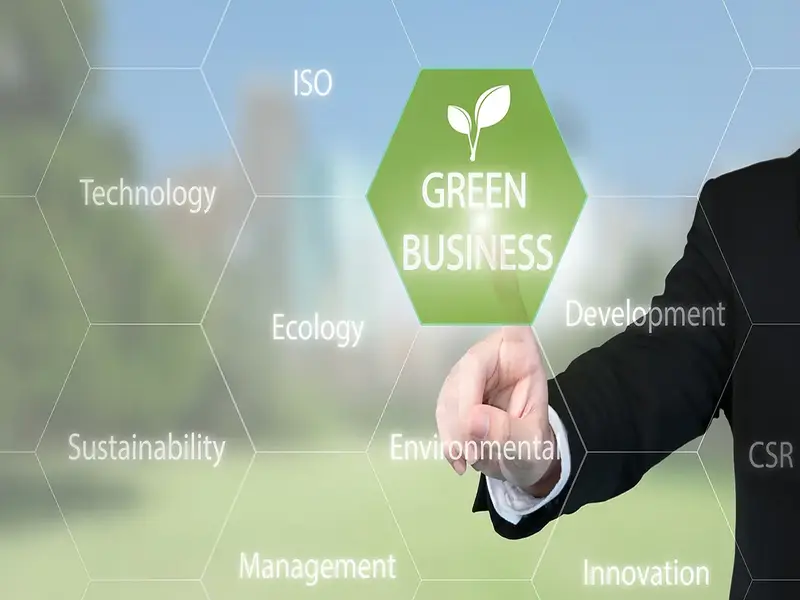
AtItendee, we believe in making sustainability accessible through practical, everyday items like eco-friendly tote bags, helping consumers make small changes with a big impact.
What is Ecological Activism?
Ecological activism is a specific form of environmental activism that focuses on protecting the planet’s natural ecosystems, preserving biodiversity, and maintaining the delicate balance of nature. While broader environmental activism may include urban sustainability or pollution control, ecological activism zeroes in on forests, oceans, wildlife, and natural habitats, the very foundations of life on Earth.

At its core, ecological activism is about respecting nature’s systems and fighting to keep them intact. Whether it’s preserving endangered species, restoring wetlands, or defending old-growth forests from industrial exploitation, ecological activists work to ensure that ecosystems can thrive for today and future generations.
Key Ecological Issues
Key ecological issues are the major environmental challenges that threaten the balance of natural ecosystems and human well-being. Let’s break down some key ecological issues.
Biodiversity Loss
Every year, thousands of species are pushed closer to extinction due to habitat destruction, climate change, pollution, and overexploitation. Ecological activism plays a critical role in highlighting this crisis and promoting solutions, from wildlife corridors and breeding programs to stricter anti-poaching laws. Conservationists, researchers, and grassroots activists all work together to protect vulnerable species and restore balance to fragile ecosystems.
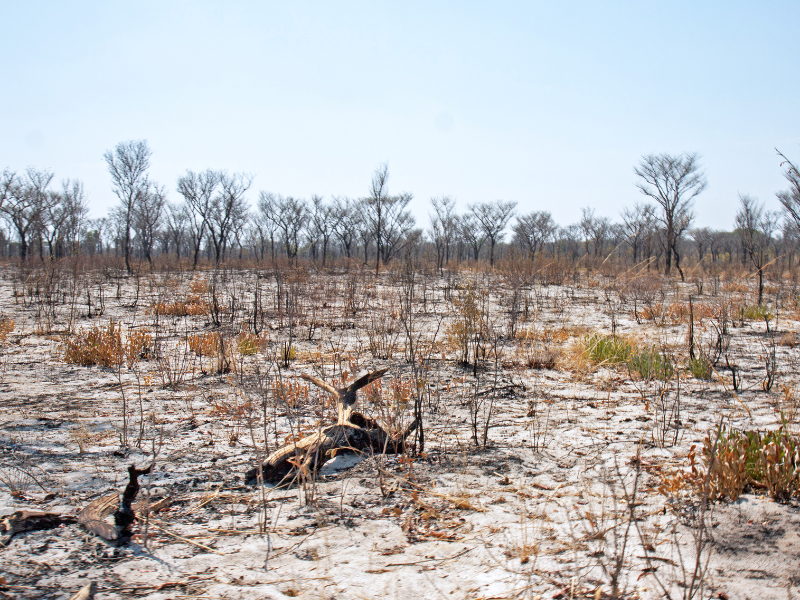
Conservation of Forests and Oceans
Rainforests, coral reefs, and mangroves are some of the most biologically rich ecosystems on the planet, but they are also among the most threatened. Ecological activism leads campaigns against deforestation, overfishing, deep-sea mining, and other destructive practices. These efforts aim to protect not just the natural beauty of these areas, but their essential role in regulating the Earth’s climate, filtering air and water, and supporting millions of species.

Land Preservation
Ecological activists also focus on land protection, especially in areas where natural habitats are being replaced by development or agriculture. This includes wetlands, mountains, grasslands, and other native landscapes. Activists often work with local communities and Indigenous groups to advocate for land rights, oppose harmful land-use projects, and promote the sustainable use of natural resources.
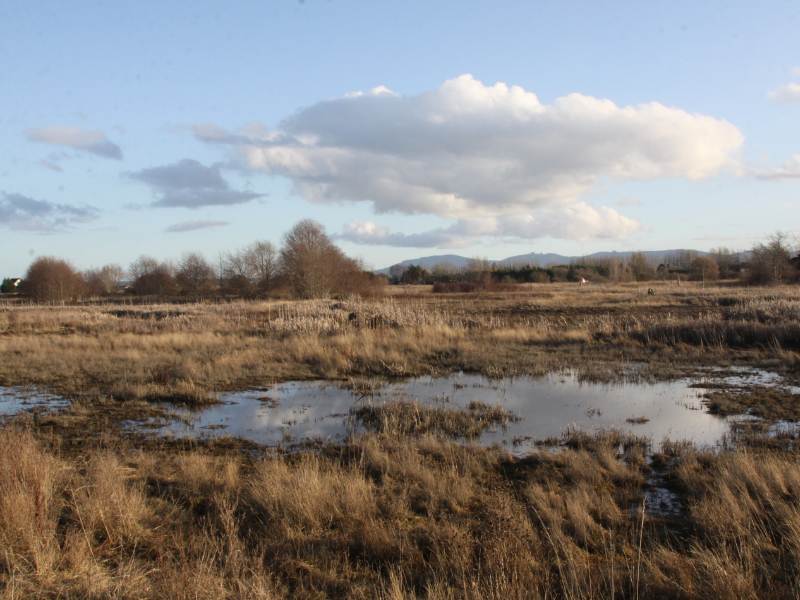
By focusing on ecology, the relationships between living organisms and their environment, ecological activism reminds us that everything in nature is connected. When one part of an ecosystem is damaged, the ripple effects can be felt far and wide. That’s why protecting our natural world isn’t optional; it’s essential.
The Role of Environmental Activists
An environmental activist is someone who speaks up and takes action to protect nature and raise awareness about environmental issues. Their goal is to help people understand issues like pollution, climate change, and loss of wildlife, and to push for solutions that make the planet healthier.
Some environmental activists have become global figures, inspiring millions to take action. Here are a few well-known names:
- Greta Thunberg: A Swedish climate activist who began striking from school to demand stronger climate policies. Her Fridays for Future movement sparked global climate strikes involving millions of young people.I want you to act as if the house is on fire, because it is.— Greta Thunberg, speaking at the World Economic Forum, 2019
- David Attenborough: A renowned British broadcaster and natural historian, Attenborough has spent decades using documentaries to showcase the beauty of the natural world — and the threats it faces.The truth is: the natural world is changing. And we are totally dependent on that world. It provides our food, water and air. It is the most precious thing we have and we need to defend it.”— David Attenborough, “A Life on Our Planet” (2020)
- Wangari Maathai: A Kenyan environmentalist and Nobel Peace Prize winner, Maathai founded the Green Belt Movement, which empowered women to plant trees and fight deforestation in Africa.
You cannot protect the environment unless you empower people, you inform them, and you help them understand that these resources are their own.”
These figures show that activism can take many forms, from bold protests to powerful storytelling, and that anyone can become a leader in the fight for the environment.
Environmental activists work in many ways. Some organize protests, attend climate marches, or lobby governments to pass better environmental laws. Others focus on educating people, whether through speeches, campaigns, or community programs. No matter the method, their efforts are all aimed at protecting the Earth and encouraging others to do the same.
How to Get Involved in Eco and Environmental Activism
You don’t need to be a full-time activist to make a real difference. Eco and environmental activism starts with simple, consistent actions that build up over time. Whether you’re passionate about climate change, wildlife conservation, or reducing plastic waste, there are many ways to get involved and support the planet.
Start with Small Actions
Every small choice adds up, and living sustainably can start with simple daily habits. You can begin by reducing single-use plastic, using reusable items like eco-friendly tote bags from Itendee, and conserving electricity and water at home.
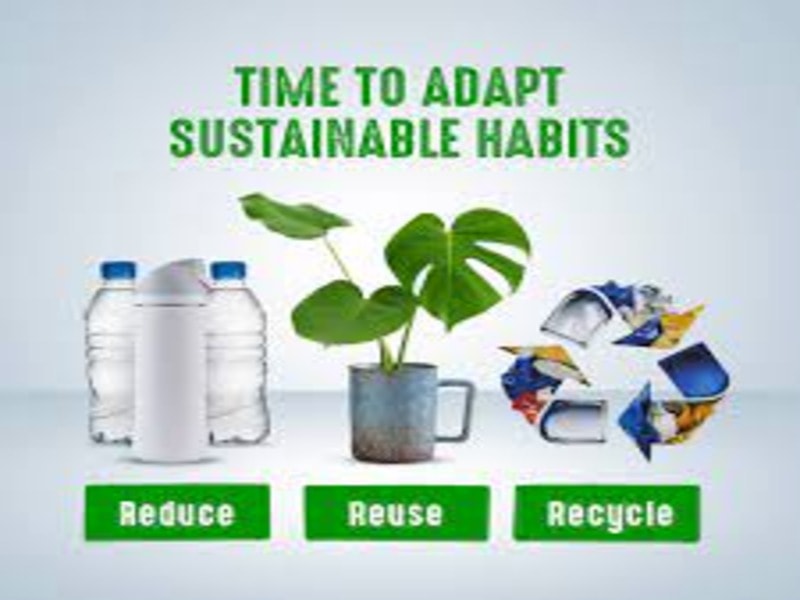
Choosing to walk or bike instead of driving helps cut down on pollution, and supporting businesses that follow green practices encourages more companies to care for the environment. These everyday actions form the foundation of eco-activism. When practiced by individuals across communities, they have the power to create significant and lasting improvements in environmental health.
Join Environmental Groups
Becoming part of a larger movement can amplify your impact. Numerous national and international organizations are working towards environmental justice. Some well-known groups include:
- 350.org – Focused on climate action and fossil fuel resistance
- WWF (World Wildlife Fund) – Working to protect endangered species and natural habitats
- Greenpeace – Known for bold campaigns against pollution and deforestation
- Local environmental groups – Many cities and towns have community-based organizations that welcome volunteers and supporters
Joining these groups gives you a platform to collaborate, learn, and make your voice heard.
Support Sustainable Policies
Policies shape the future, and eco activism isn’t just about personal choices—it’s also about supporting the right decisions at a larger level. This includes staying informed and backing leaders and laws that promote renewable energy, clean air and water regulations, funding for conservation, green infrastructure, and plastic bans or circular economy models. Taking part in the political process—whether by signing petitions, attending local meetings, or writing to representatives—helps push for environmental reforms that can lead to lasting, systemic change.
Volunteer and Educate
Volunteering is a powerful way to get directly involved in environmental efforts. It allows you to take part in real projects that help protect nature and raise awareness.

You can join tree-planting events or take part in beach clean-up drives to help restore natural spaces. Some people volunteer on organic farms or in permaculture gardens, learning hands-on ways to grow food sustainably.
Others get involved in wildlife conservation or support eco-tourism projects that protect endangered species and promote responsible travel.
Volunteering also includes teaching others, like hosting awareness sessions in schools or local communities. Education is a key part of activism, and sharing what you know can inspire others to care and take action too.
Activism is my rent for living on the planet.
— Alice Walker
Frequently Asked Questions (FAQs)
What is the difference between eco-activism and environmental activism?
Eco activism often involves direct, action-based initiatives like protests, sustainable lifestyle changes, and grassroots campaigns. Environmental activism is a broader term that includes research, education, and policy reform along with action.
How can I become an environmental activist?
Start small, reduce your environmental footprint, stay informed, and speak up on issues that matter. You can join an organization, volunteer locally, or even launch your awareness campaign.
What are some examples of ecological activism?
Examples include fighting deforestation, marine conservation efforts, protecting endangered species, and preserving wetlands and natural habitats.
Conclusion
Eco activism isn’t just a movement, it’s a mindset. In a world facing climate change, pollution, deforestation, and biodiversity loss, activism is no longer optional — it’s essential. Every small action matters, whether you’re reducing your plastic use, supporting eco-conscious brands like Itendee, or joining a local conservation group.
By getting involved, you’re not just protecting the planet, you’re investing in a healthier, safer future for generations to come.
Take Action with Itendee
Ready to make your first eco-friendly switch? Start with something simple and practical, like reusable tote bags from Itendee. These durable, stylish bags are a great alternative to single-use plastic and help reduce waste in your everyday routine.
By choosing sustainable products, you support a greener planet and send a message that conscious living matters.





